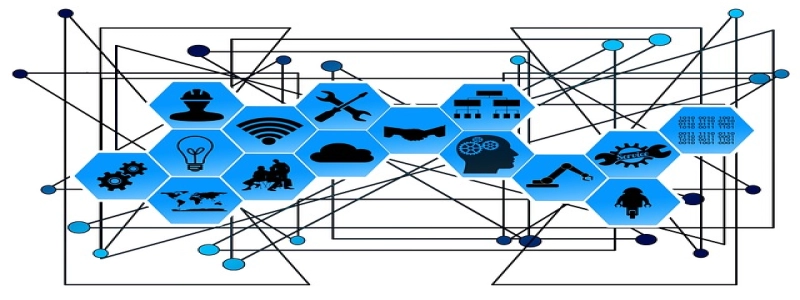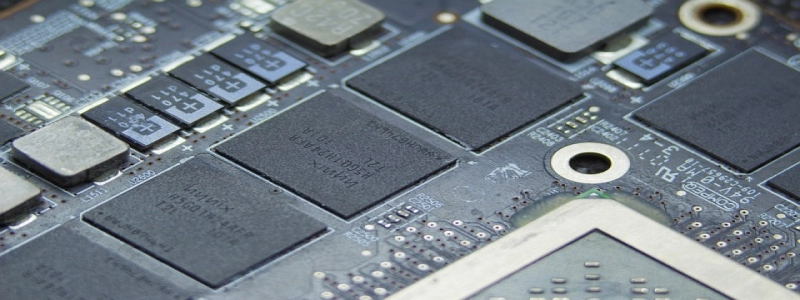Network Transceiver
I. Introduction
A. Definition and Function
1. Definition: A network transceiver is a device that enables the transmission and reception of data between a network device and a network medium.
2. Function: It converts the electrical signals generated by the network device into a format suitable for transmission over the network medium, and vice versa.
II. Types of Network Transceivers
A. Ethernet Transceivers
1. 10BASE-T Transceivers: Used for transmitting and receiving data over twisted pair cables in 10 Mbps Ethernet networks.
2. 100BASE-TX Transceivers: Designed for 100 Mbps Ethernet networks and utilize twisted pair cables for data transmission.
3. Gigabit Ethernet Transceivers: Capable of transmitting data at speeds of up to 1 Gbps, typically over fiber optic cables.
B. Wireless Transceivers
1. Wi-Fi Transceivers: Enable wireless communication by transmitting and receiving data through radio waves.
2. Bluetooth Transceivers: Used in Bluetooth-enabled devices to facilitate short-range wireless data transfer.
3. Cellular Transceivers: Enable mobile devices to connect to cellular networks for voice and data communication.
III. Features and Specifications
A. Transmission Speed
1. Different transceivers support varying transmission speeds, ranging from 10 Mbps to several Gbps.
B. Transmission Medium
1. Network transceivers are designed to work with specific transmission media such as copper (twisted pair), fiber optic, or wireless.
C. Interface
1. Transceivers have different interfaces based on the type of network device they are used with, such as Ethernet ports, USB connectors, or PCIe slots.
IV. Installation process
A. Connect the transceiver to the network device using the appropriate interface.
B. Connect the transceiver to the network medium, such as connecting a twisted pair cable or inserting a fiber optic connector.
C. Ensure the network device and transceiver are properly configured to work together.
V. Benefits and Applications
A. Enhanced Connectivity
1. Network transceivers improve network connectivity by enabling data transmission and reception over various media.
B. Versatility
1. Different types of network transceivers cater to the needs of various network architectures and technologies.
C. Wide Range of Applications
1. Network transceivers are utilized in telecommunication systems, data centers, Wi-Fi networks, and many other networking applications.
VI. Conclusion
In conclusion, network transceivers play a crucial role in facilitating data transmission and reception in various network environments. With their different types, features, and applications, they enhance connectivity and enable seamless communication between network devices. Understanding the functionality and importance of network transceivers is essential for anyone involved in network design and administration.








